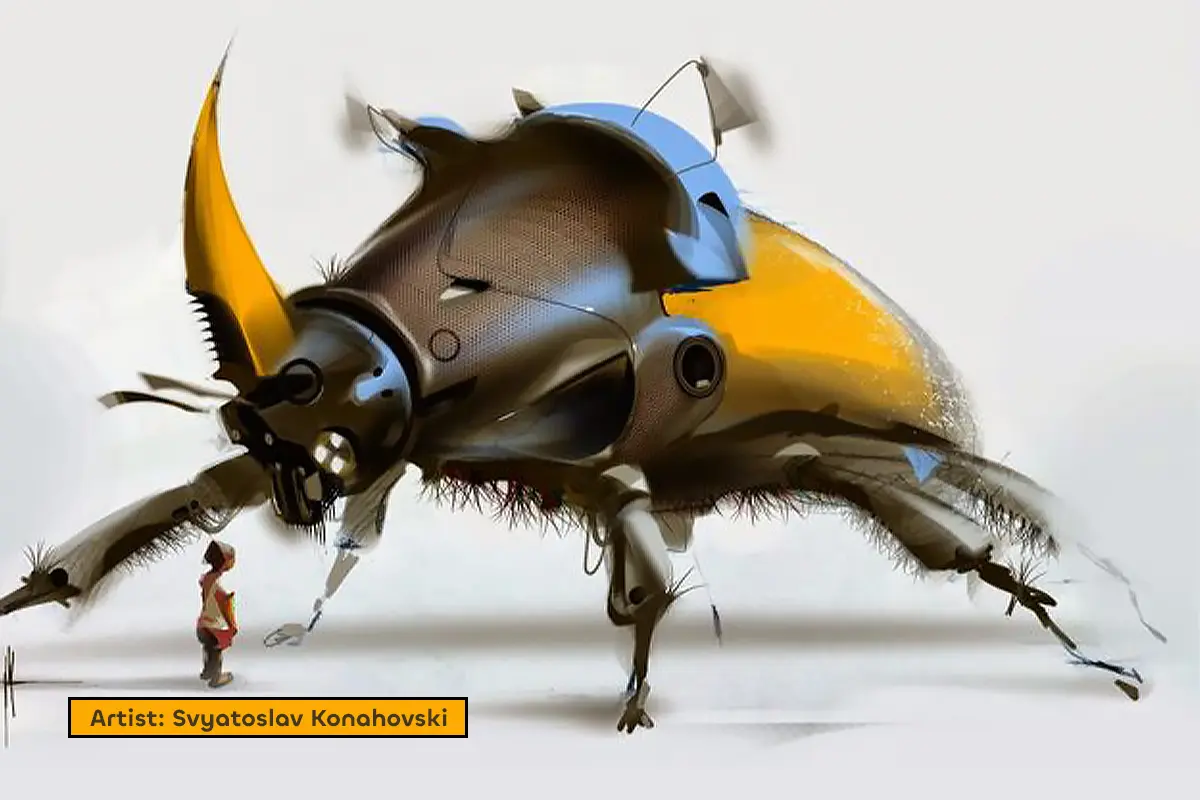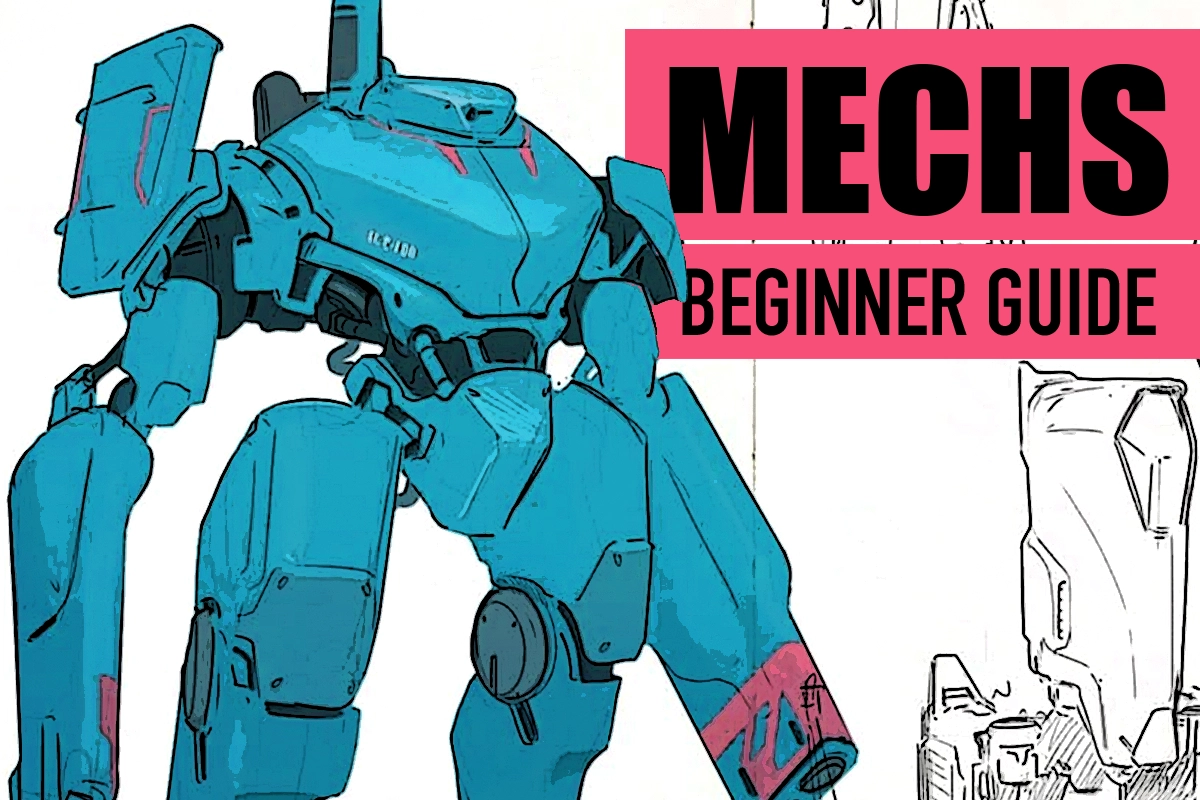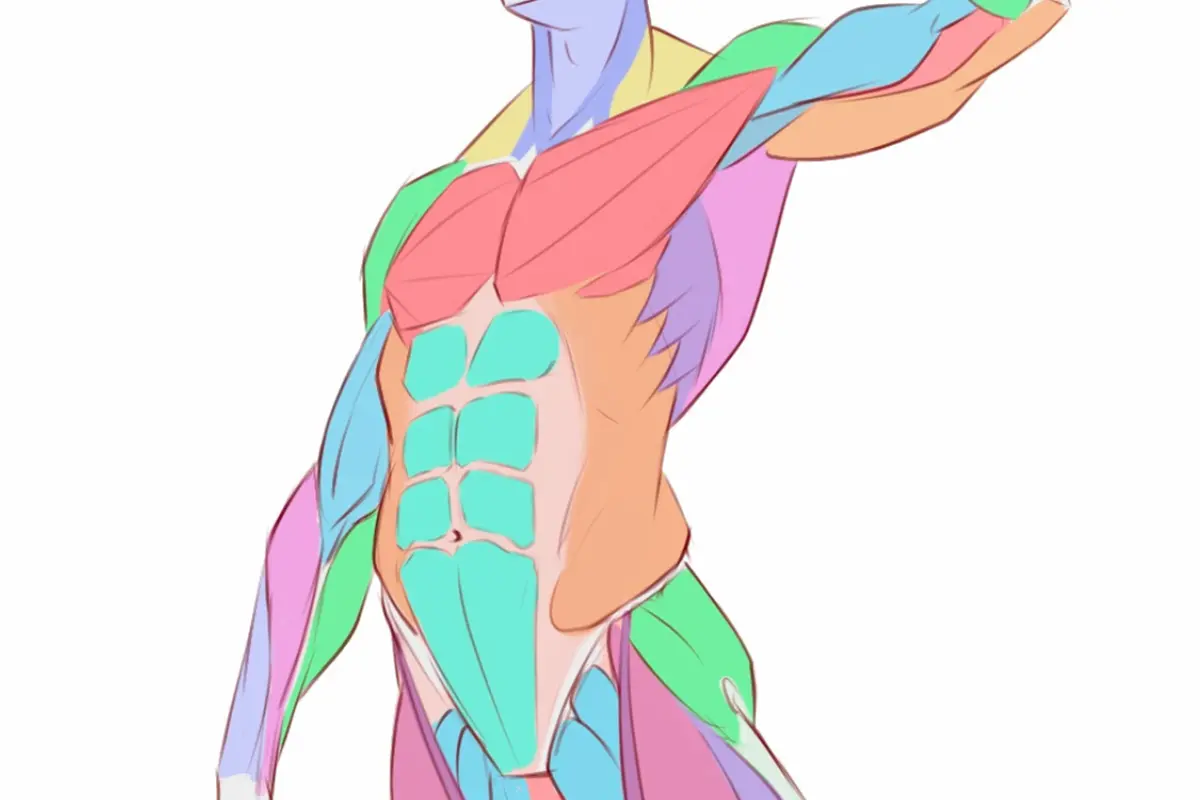
5 Steps to Drawing Anatomy on Easy Mode: A Beginner’s Guide
Drawing, Design, Figure
5 Steps to Drawing Anatomy on Easy Mode: A Beginner’s Guide
If you’ve ever felt overwhelmed by anatomy, you’re not alone. Traditional anatomy books throw Latin muscle names and complex diagrams at you—but what if you could improve your figure drawings faster, without memorizing every muscle? In this guide, you’ll learn a proven 5-step method to master anatomy the easy way. Whether you want to draw realistic figures or stylized characters, this approach will help you build confidence and see real progress in your art.
Step 1: Master Form Manipulation
Before diving into anatomy, you need to understand how to manipulate simple forms like boxes and cylinders. Try bending, stretching, inflating, and tapering these shapes. This skill is the foundation for drawing believable figures—even something as complex as a pectoral muscle starts as a manipulated box!
Tip: Practice turning a simple box into different shapes, just like in our 6 Steps to Draw Anything: A Beginner’s Guide.
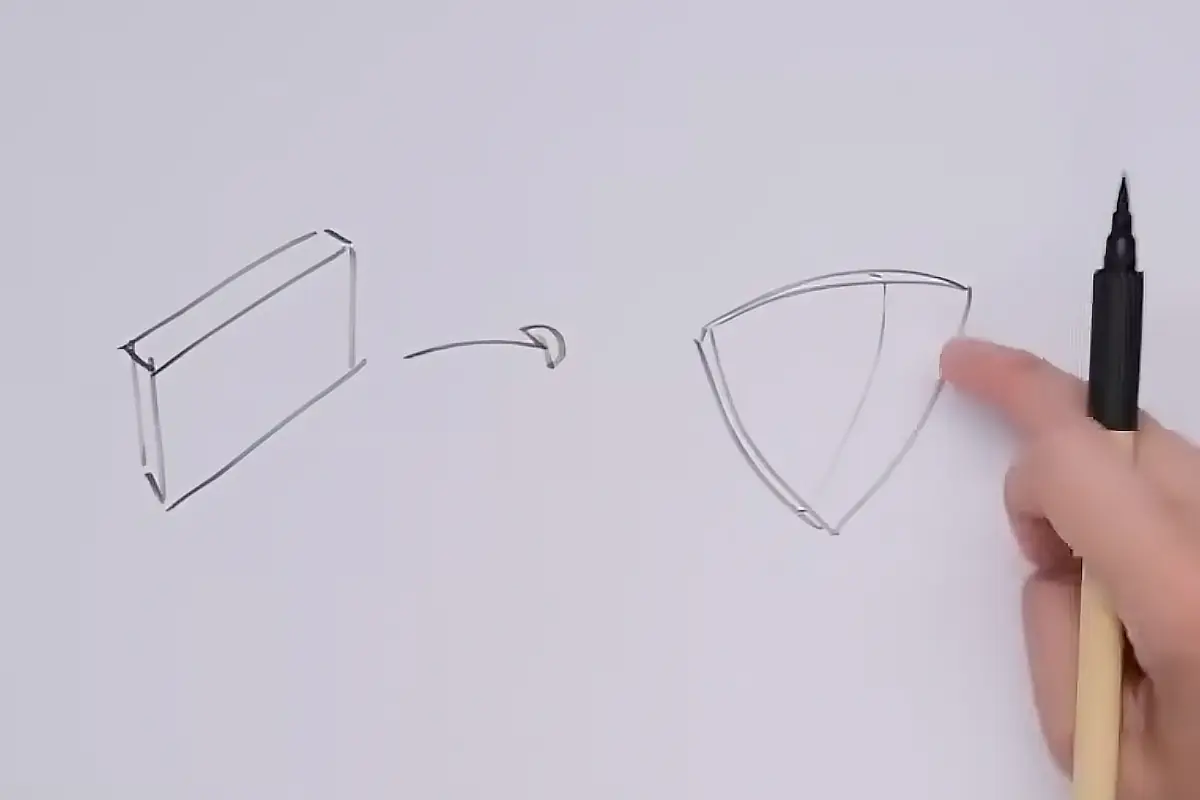
Step 2: Study Anatomy in Compartments
Don’t try to learn the whole body at once! Instead, break anatomy into smaller parts (like arms, shoulders, or torso). Start by drawing a mannequin—a simplified version of the body—then gradually add complexity. For example, the arm can be represented as two cylinders (one tapered, one irregular), and the shoulder as a manipulated box.
Tip: Learn more about building figures in our How to Draw Stylized Arms from Imagination.
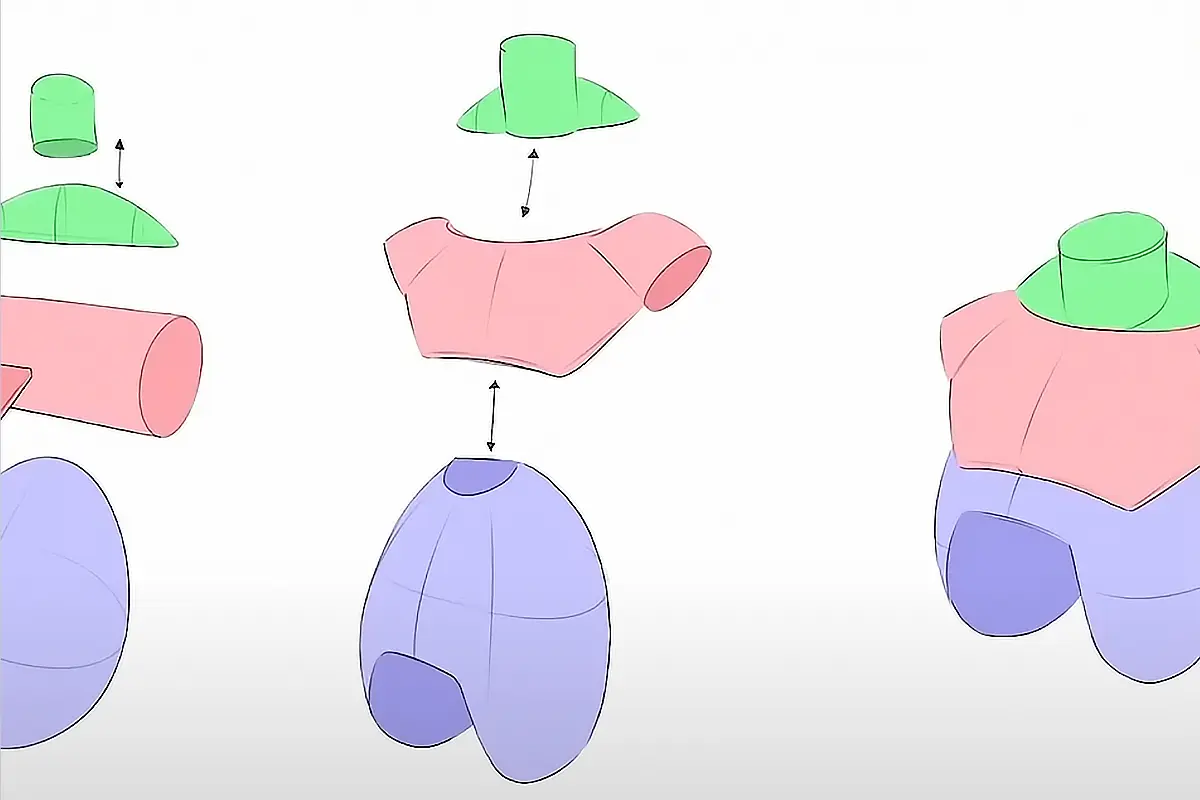
Step 3: Simplify Anatomy to Your Level
Anatomy doesn’t have to be complicated. Focus on understanding the basic structure and how to represent muscles with simple forms. You don’t need to memorize muscle names—just learn how to use form manipulation to suggest anatomy. This approach is especially helpful for stylized or exaggerated characters.
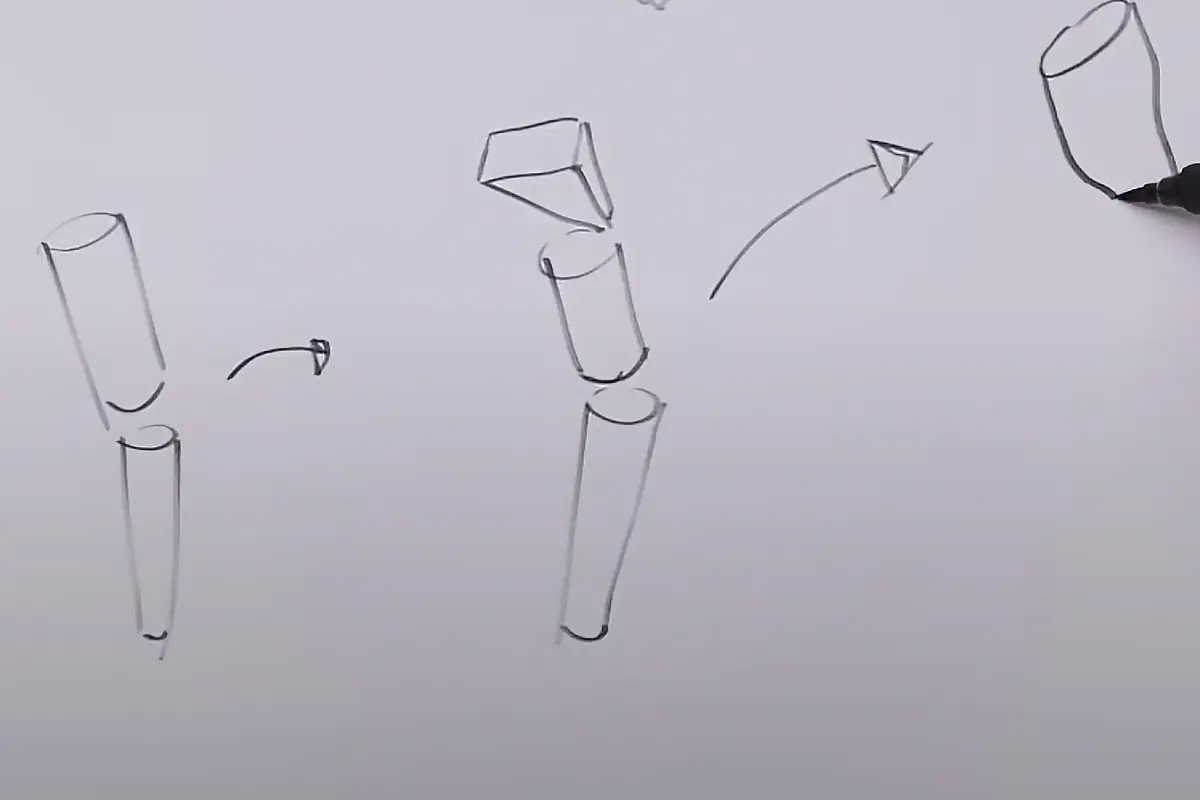
Step 4: Increase Difficulty Gradually
Once you’re comfortable with the basics, slowly add more detail and complexity. For example, turn a cylinder into a tapered shape with edge and contour manipulation. Combine simple forms to create more realistic or stylized figures. The key is to build your skills step by step, not all at once.
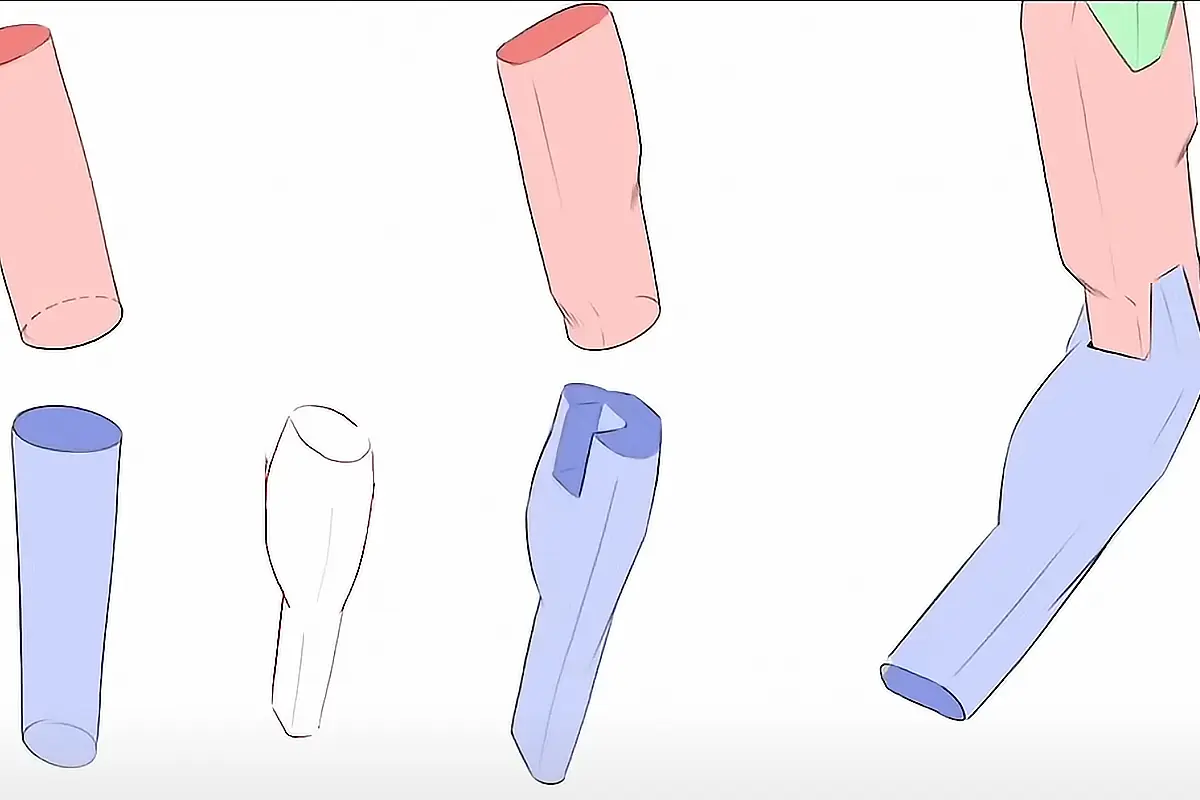
Step 5: Practice Abstract Shapes and Reverse Engineering
To truly master anatomy, try starting with an abstract shape and see if you can turn it into a believable figure using what you’ve learned about form and anatomy. This is a great way to practice drawing from imagination and to make your characters more dynamic.
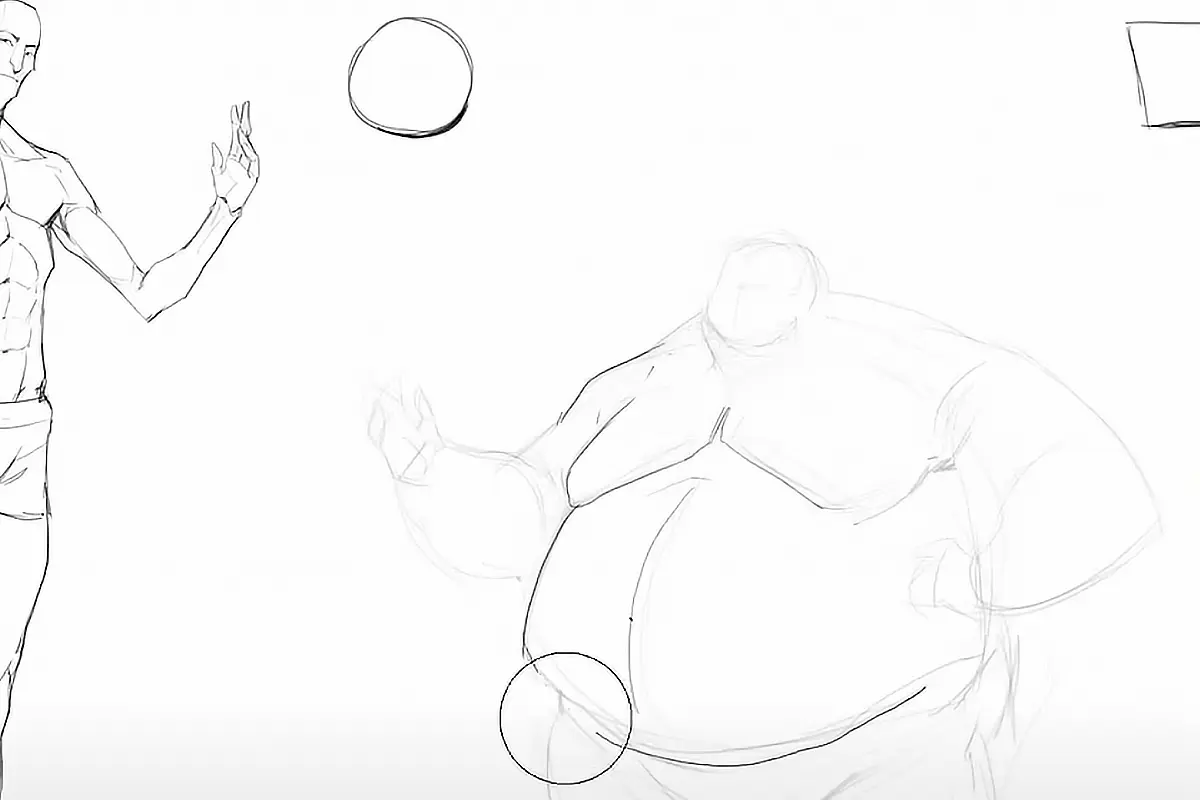
Practice Consistently for Lasting Results
The secret to mastering anatomy is consistent, focused practice. Even 10 minutes a day is better than a long session once a week. By following these 5 steps—manipulating form, compartmentalizing anatomy, simplifying, increasing difficulty, and practicing abstract shapes—you’ll see dramatic improvement in your figure drawings.
Author: Artwod Team
Published: Jul 2, 2025

